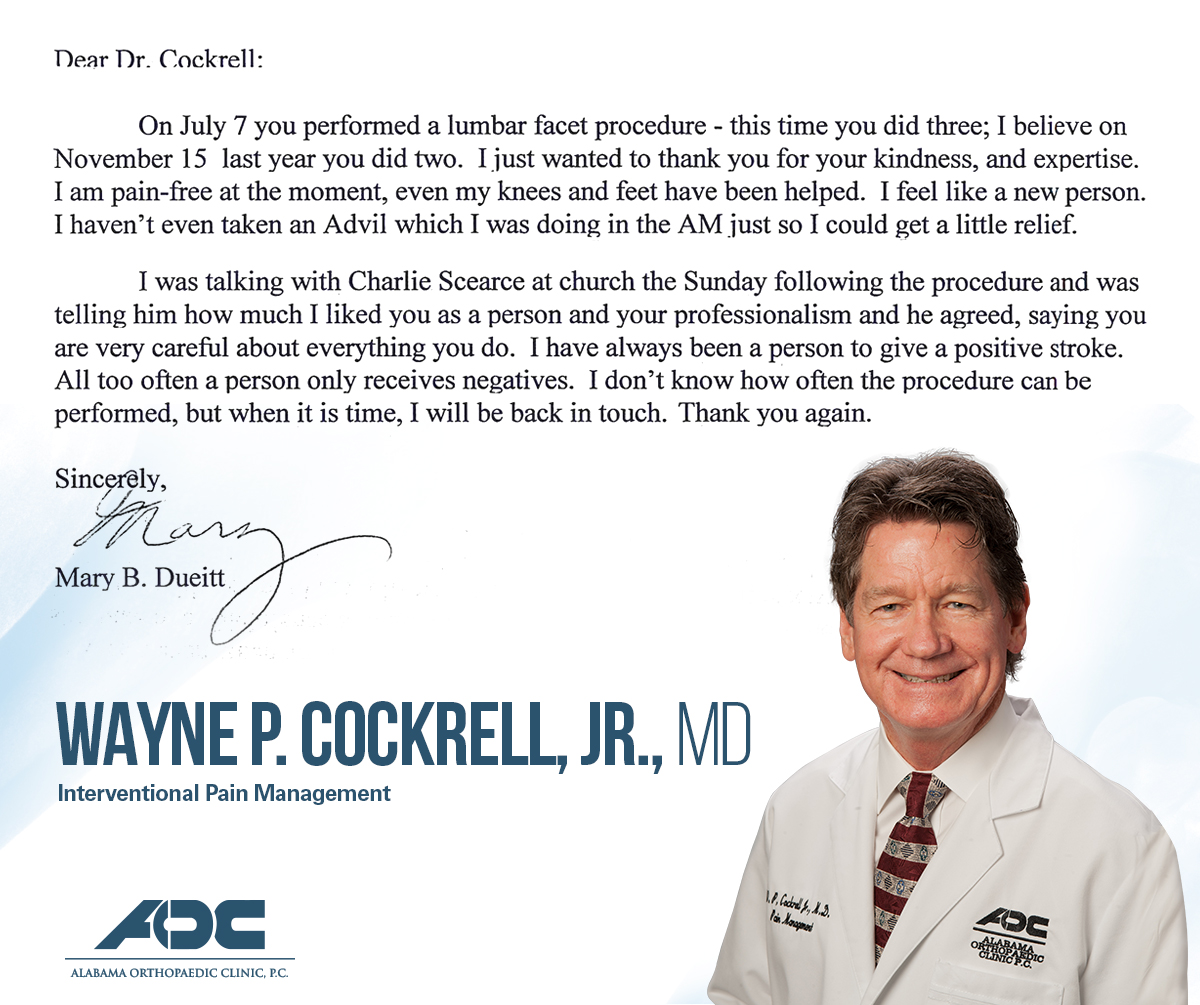
AOC Doctors pride themselves on providing excellent patient care. Dr. Cockrell received this letter from a patient expressing her gratitude for his “kindness and expertise.” Now, after her procedure, she is able to walk pain-free.
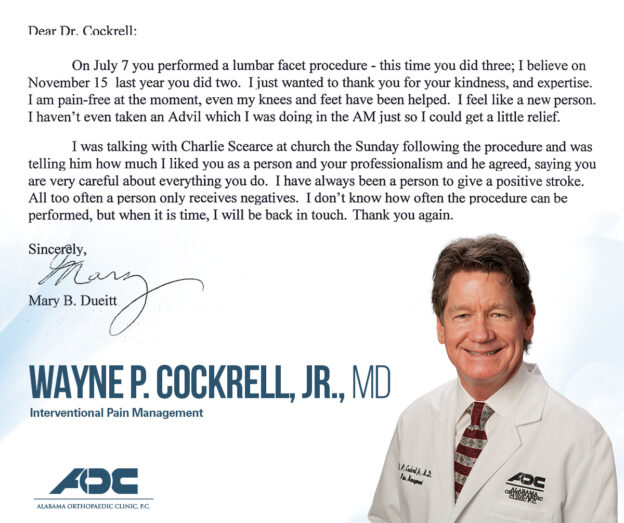

AOC Doctors pride themselves on providing excellent patient care. Dr. Cockrell received this letter from a patient expressing her gratitude for his “kindness and expertise.” Now, after her procedure, she is able to walk pain-free.
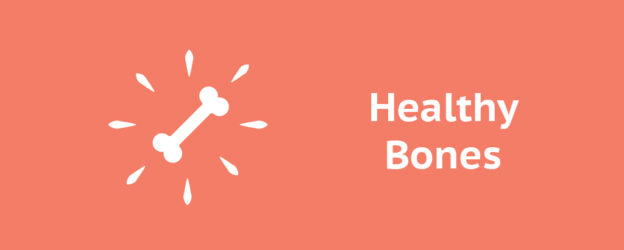
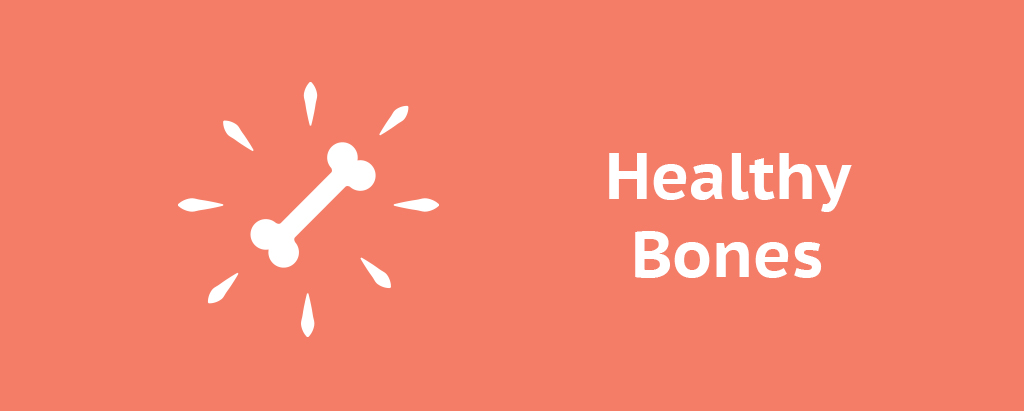
If we’ve said it once, we’ve said it a hundred times, but having healthy bones is very important. AOC knows everyone is busy but making sure you have healthy bones is not a hard task. Here we have 6 easy tips to follow for strong bones:
1. Be sure to have plenty of calcium.
Calcium is a mineral our bodies need in order to live. Our bodies don’t produce calcium so it’s important to eat foods with calcium in them or the body takes it from other places, like your bones. Eat plenty of green vegetables or foods high in calcium, and make sure you get the allotted daily amount. How much do you need? Use this calcium calculator to find out: http://www.iofbonehealth.org/calcium-calculator
2. Also, Vitamin D.
Calcium and Vitamin D go together because your body requires Vitamin D to absorb the calcium. Kids need it to build strong bones and adults need it to keep their bones healthy. So how do you get Vitamin D? Sunlight, food or supplements. Foods that have Vitamin D are fatty fish, and some dairy products or orange juices.
3. Vitamin K is important as well.
Vitamin K helps the calcium bind to the bone matrix. So having the proper amount along with Vitamin D is integral to the calcium intake. Dark green vegetables, like spinach, kale and turnips have Vitamin K, so eat plenty of veggies with your meals.
4. Potassium; your natural protector.
Potassium works to protect your bones against the metabolic acids in your body. So having enough helps protect your bones from breakdown. You can get most of your potassium from eating fruits, vegetables, seeds and certain spices.
5. Exercise those bones.
Bone is a living tissue that strengthens through exercise, along with getting the right amount of nutrients. Adults and children who exercise usually have higher bone density and strength, protecting them from breaks and fractures. So get up and get moving! Try some of these easy exercises.
6. Cut out these things- caffeine, alcohol, and cigarettes.
All 3 of these things can hinder calcium absorption into your bones, thus making them weak.
Next time you think about what you are going to eat for dinner, try to remember which foods contain the right nutrients that are good for your bones. If it helps, make a cheat sheet and take it with you, so you know what to buy from the grocery store or order from the restaurant. If you feel you are not getting enough of these nutrients, try taking daily supplements.
If you need help in a specific area or want an expert opinion, give us a call at Alabama Orthopaedic Clinic, 251-410-3600, or visit us at www.alortho.com.
Like AOC on Facebook
Follow AOC on Twitter
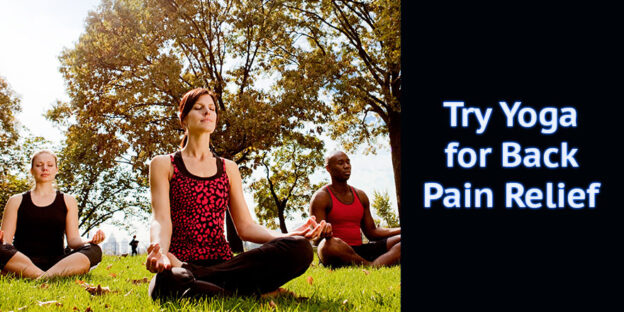
Do you have an achy breaky back? Improve your spine health and try yoga! Yoga has been shown to improve chronic back pain and occasional soreness. According to Everyday Health Fitness expert, Jennifer Bayliss, engaging in certain yoga positions can lengthen the spine, stretch and strengthen muscles in the spine and help realign the back to proper alignment.
You don’t have to be super fit to participate in yoga; this ancient practice is for anyone of all shapes and sizes. Yoga promotes a healthy lifestyle, so before you shrug it off, here are five Yoga positions you can try to improve your back health:
Downward-Facing Dog: This classic pose targets the large muscles in you lower back that help you stand and lift objects. Start by placing your hands and knees on the floor. Then pressing back, raise your knees from the floor and lift your tailbone upward. Hold this position for about 5 to 10 breaths then repeat as desired.
Child’s pose: This de-stressor pose is a great stretch for elongating the spine. Start on all fours; stretch your arms out in front of you, the sit back on your gluten making sure you come to rest just above your heels. Hold this position for 5 to 10 breaths and repeat as many times as desired.
Triangle pose: This pose is great for strengthening the muscles in the spine and legs. Start this pose by standing straight with your feet together. Then take your left foot and lunge it back about three feet; make sure to point your left foot is at a 45 degree angle. Next, turn your chest to the side, touch the ground with your right arm and stretch your left arm to the sky. Make sure you keep your feet straight. Hold the position for 5 breaths then alternate sides and repeat the steps.
Upward Forward Bend: This pose is great for releasing tension in the shoulders while stretching the spine. Start this pose by standing straight, shoulder width apart. Keep your knees loose, hinge at your waist and bend forward reaching for the floor. *It is important to remember that you don’t have to touch the floor, stop wherever you can reach. Hold the position for 5 breaths then repeat the steps.
Upward-Facing Dog: This pose will engage your spine as well as open your chest. Start this pose by laying flat on the floor with your palms facedown near your ribs. Then with legs together, press the tops of your feet unto the floor and use the strength of your back to lift your chest upward. Hold for 5 to 10 breaths then repeat.
Now you know the poses and the steps, go improve your back! If you suffer from serious back pain and would like to speak with a physician about options, please make an appointment.
* Do not try these poses by yourself; get a partner to assist you.
*If you suffer from severe back pain, trying yoga is not recommend.
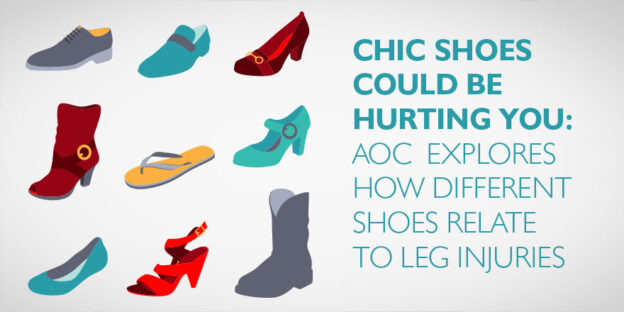
Ladies your shoes are cute, but are they really worth the achy feet? Our shoes reflect our personal style, but more often than not, they aren’t good for your feet, legs and back. While shoes may show off your unique style, they can be the root cause of common discomfort in your feet, legs and back. Here are three types of shoes that could be causing you pain.
1. High Heels:
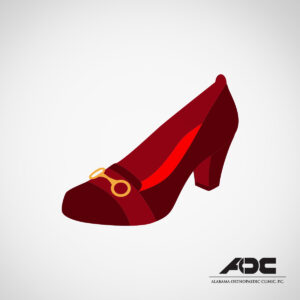
Ladies we know you love your pumps and how they make you feel, but the reality is that high heels have been found to have lasting negative effects on your feet and legs. Your favorite stilettos can cause shin splints, hair-line fractures, and even a sprained ankle. There are safer alternatives such as wearing lower 3/4 chunky heel or wearing a commuter shoe (a pair of sneakers or tennis shoes).
2. Flip Flops:
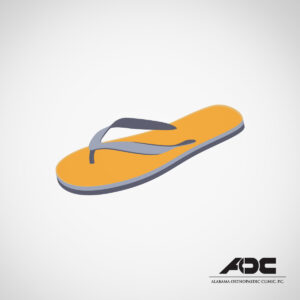
Flip flops are the go to shoe for comfort seekers but the truth is wearing flip flops can tear and inflame the plantar fascia, which is an important tissue that runs along the bottom of your foot. If you just have to wear flip flops, buy a pair that are fitted and provide ample arch support to contour to the shape of your foot.
3. Flat shoes:
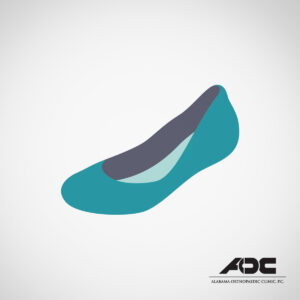
We all want to embody the effortless style of Audrey Hepburn’s ballet flats, but like high heels, flats can have negative effects on your feet. Flats are like their description; they have no arch support and have less cushioning than normal shoes. Wearing flats often can lead to the ligaments and tendons in your feet to overstretch and collapse, which is the cause of your achy feet.
The next time you buy shoes, keep this in mind: always buy shoes that provide ample support. You don’t have to substitute style, you can take simple steps like buying insoles for your flats and heels to give you the support those shoes lack.
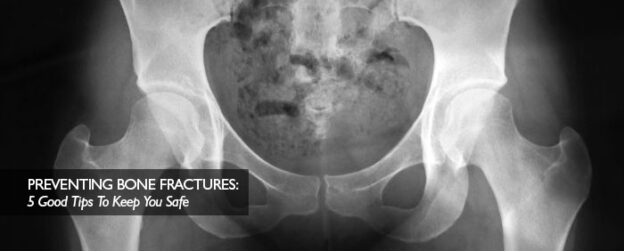
Preventing Bone Fractures: 5 Good Tips to Keep You Safe
Many of us have fallen and broken a bone at some point or another in our lives, or we know someone that has. So we’re all well aware of just how easy it is to fracture a bone. Accidents happen all of the time and when these accidents result in a bone fracture, the road to recovery can be a long one. A visit to an orthopaedic doctor and possibly even surgery may be required. Not to mention, these injuries often require additional treatment after cast removal, such as physical therapy.
It goes without saying, bone fracture prevention is important for many reasons regardless of a person’s age. However, as a person ages, bone fractures become more serious situations and are also more likely to happen. For example, hip fracture rates increase exponentially with age and a hip fracture can lead to serious health problems. According to the American Academy of Orthopaedic Surgeons, “Among adults 65 and older, fragility fractures are the primary cause of hospitalization or death”.
The Bone Fracture and Osteoporosis Connection
Osteoporosis is a degenerative bone disease involving the gradual loss of bone tissue as a person ages. This reduction in bone density makes the bones extremely fragile. The fragility of the bones causes them to break more easily, which is why people with osteoporosis need to be extra careful in the prevention of bone fractures. If a person with undiagnosed osteoporosis were to break a bone, the situation is even more dangerous.
So how do you avoid bone fractures? The key is proper prevention.
5 Bone Fracture Prevention Tips:
Think you are at risk for osteoporosis? Take the “Are You At Risk” Quiz
Call AOC to schedule a bone density test today to find out if you may be at risk for Osteoporosis, 251.410.3600
Click here to see more about Alabama Orthopaedic Clinic
LIKE AOC on Facebook
Follow AOC on twitter